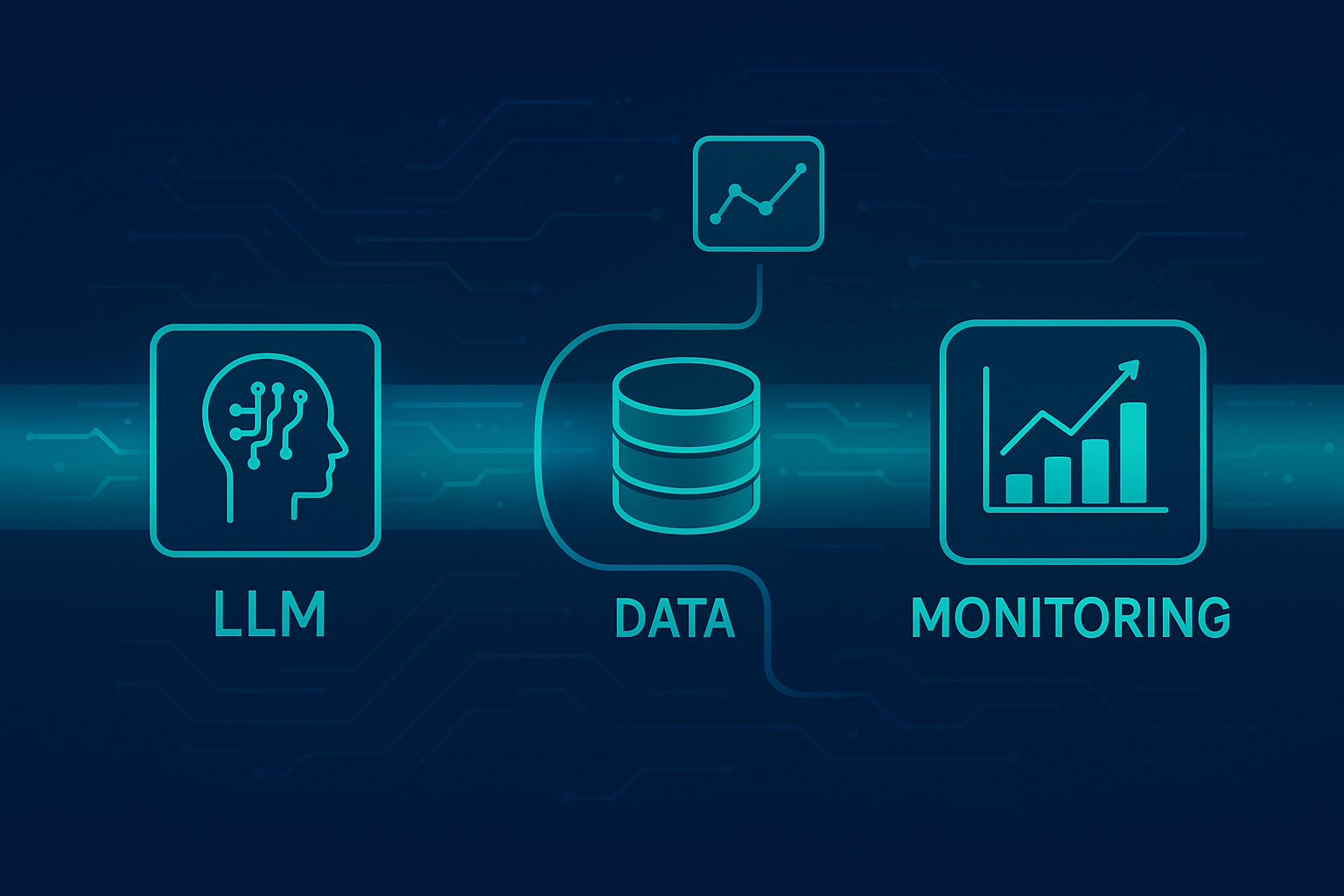How to Handle Constant LLM Model Changes in Business
Large Language Models (LLMs) are evolving at a staggering pace – every few months, new versions appear that can do more, faster, and cheaper. From a business perspective, this sounds great... but it also creates an enormous challenge: how do you maintain product stability when the foundation – the language model – is constantly changing?
In this post, I'll explain why deploying a single LLM isn't enough and how to build a process that allows you to handle the constant evolution of models.
Why One Model Isn't Enough
LLMs aren't static – their effectiveness decreases over time if they aren't regularly updated. Research shows that 75% of companies experience a decline in AI performance within a few months without monitoring, and in some cases, error rates increase by as much as 35% within six months.
There are several reasons for this:
- Data drift – user queries and language patterns change over time
- Concept drift – business rules or classification categories evolve
- Knowledge decay – facts the model knew in 2022 may be outdated by 2025
- New use cases – different users, new markets, changed interaction contexts
In practice, this means that LLMs cannot be "set and forget". You need to treat them as an ongoing process, not a one-time project.
Key Strategies for Handling LLM Changes
1. Continuous Adaptation and Retraining
- Scheduled retraining – regular retraining on fresh data
- Fine-tuning – adapting models to your specific domain
- Online learning – more advanced approach with continuous "on-the-fly" learning
- Feedback loops – using real-world usage data to improve models (e.g., collecting new examples and labeling them)
2. Data and Model Versioning
- Change tracking – tools like DVC or MLflow help monitor changes in datasets and experiments
- Reproducibility – easy to check which model performed better and why
- Multi-stage environments – consistency between dev, test, and production
Without versioning, it's easy to lose control over which model is running in production and what data it was trained on.
3. Automated Testing and Drift Detection
- Content quality metrics – measuring output quality automatically
- A/B testing and canary deployments – deploying new models to a subset of users
- LLM-as-a-judge – evaluating results using auxiliary models
- Drift monitoring – tools like Evidently AI or Arize AI detect changes in data and response quality
4. Monitoring and User Feedback
- Operational metrics – token count, response time, costs
- User feedback – response rating systems, satisfaction surveys
- RLHF – learning from human feedback
This allows you to quickly detect quality drops and respond before the problem impacts your business.
5. CI/CD and MLOps Pipelines
- Automation – retraining, testing, and deployment can be connected in pipelines
- Tools – Jenkins, GitLab CI/CD, Kubeflow, AWS SageMaker
- Model registry – e.g., MLflow Model Registry, Hugging Face Hub
This makes the process repeatable and controlled.
6. Cost and Resource Optimization
- GPU/TPU monitoring – to avoid excessive costs
- Dynamic scaling – Kubernetes, spot/preemptible instances
- FinOps for ML – tools like Kubecost or CloudZero help keep budgets under control
Essential Tools in Practice
- MLflow, DVC – model versioning and registry
- Weights & Biases – experiment tracking and monitoring
- Evidently AI, Arize AI – drift detection and quality assessment
- LangChain, LlamaIndex – easier LLM pipeline construction
- BentoML – deploying models as microservices
Summary
Constant changes in LLM models aren't a problem, but a natural characteristic of this technology. Companies that build processes for monitoring, retraining, versioning, and automation (MLOps/LLMOps) will be able to leverage the latest model capabilities without fear of losing quality or increasing costs.
In other words – success with LLMs isn't about choosing the best model, but creating a stable system that can react to changes.
